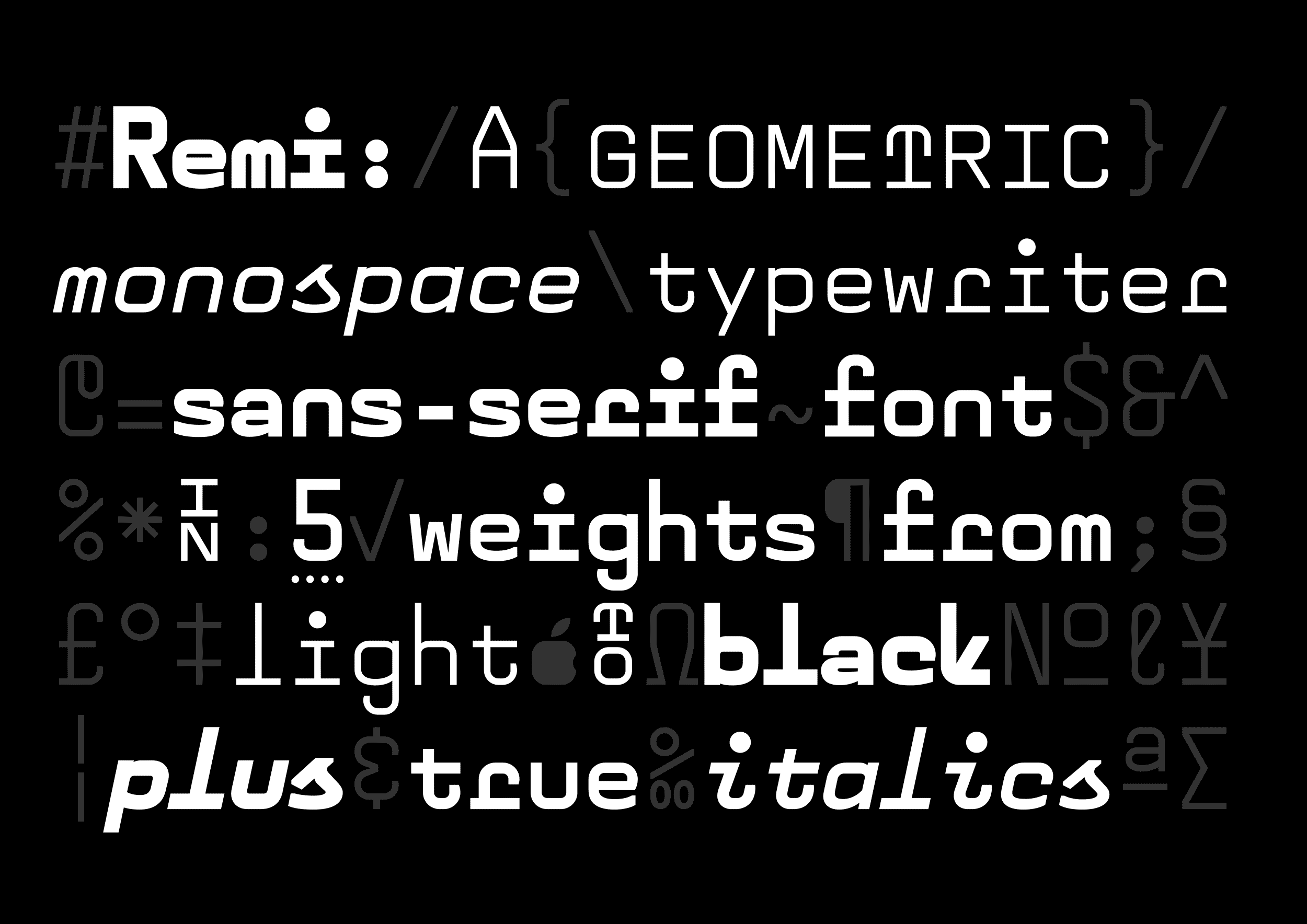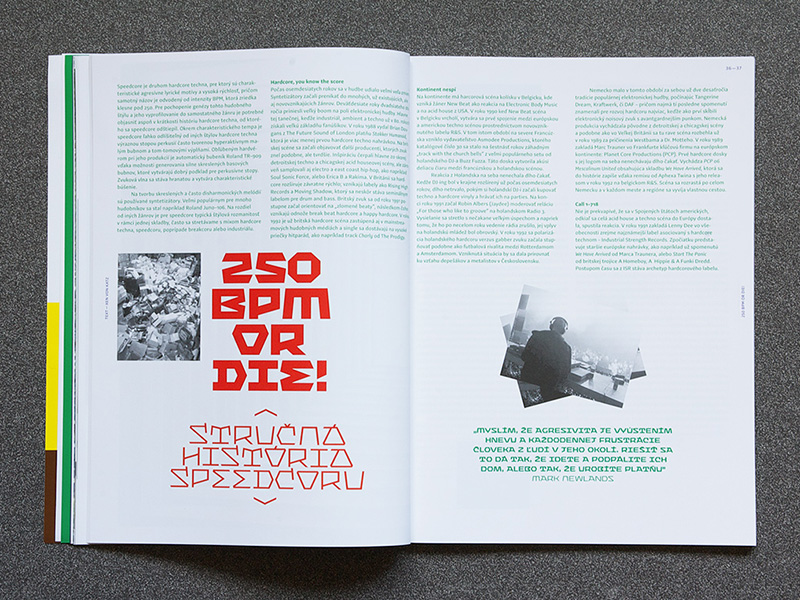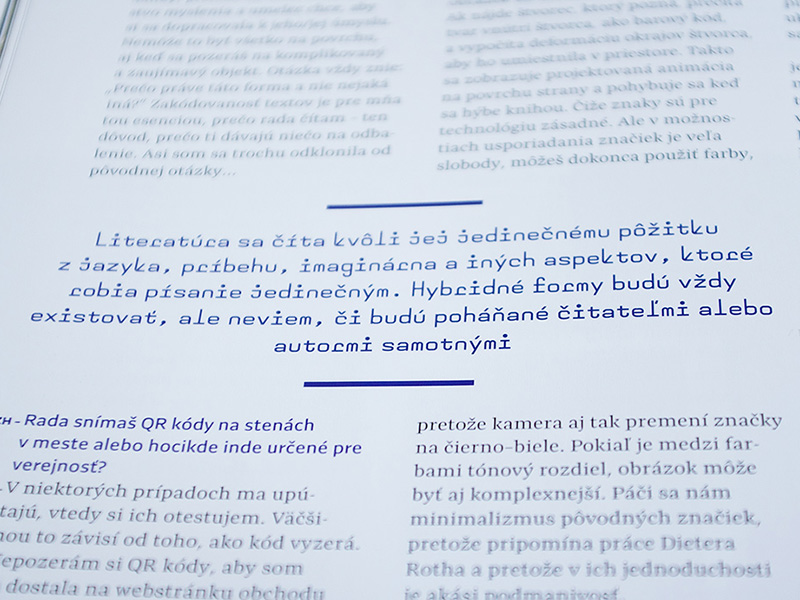- Remi
Remi used in 3/4 by Marek Chmiel, 2013.
- Regular Italic 40 px
Une planète exoplanète est une planète en dehors du système solaire. La première confirmation de détection a eu lieu en 1992. Au 1er octobre 2022, il y avait 5 197 exoplanètes confirmées dans 3 833 systèmes planétaires, avec 840 systèmes ayant plus d'une planète. Des réclamations de détections d'exoplanètes ont été faites depuis le XIXe siècle. Certaines des plus anciennes impliquent l'étoile binaire 70 Ophiuchi. En 1855, William Stephen Jacob, de l'observatoire de Madras de la Compagnie des Indes orientales, rapporta que des anomalies orbitales rendaient «très probable» la présence d'un «corps planétaire» dans ce système.
Bold Italic 40 pxUne planète exoplanète est une planète en dehors du système solaire. La première confirmation de détection a eu lieu en 1992. Au 1er octobre 2022, il y avait 5 197 exoplanètes confirmées dans 3 833 systèmes planétaires, avec 840 systèmes ayant plus d'une planète. Des réclamations de détections d'exoplanètes ont été faites depuis le XIXe siècle. Certaines des plus anciennes impliquent l'étoile binaire 70 Ophiuchi. En 1855, William Stephen Jacob, de l'observatoire de Madras de la Compagnie des Indes orientales, rapporta que des anomalies orbitales rendaient «très probable» la présence d'un «corps planétaire» dans ce système.
-
Power
&
PoiseLight - 800 Black ItalicThe Cardinalis300 Light ItalicNew Ornithology Studies600 BoldWide Diversity of Avian Species400 Regular ItalicBirds represent a remarkable and diverse group in
the animal kingdom. Ornithology, the study of birds,
has provided invaluable insights into these fascinating
creatures and their intricate behaviors. -
Machine
ConsciousnessLight Italic -
186Bold
- 300 LightDocumentation300 Light ItalicDocumentation400 RegularDocumentation400 Regular ItalicDocumentation500 MediumDocumentation500 Medium ItalicDocumentation600 BoldDocumentation600 Bold ItalicDocumentation800 BlackDocumentation800 Black ItalicDocumentation
Remi used in Bachelor Recipes by Kata Moravszki, 2014.

-
R60Regular
-
Concepts
of
EntanglementLight Italic -
Corroded echoes of humanity's demise reverberate through the wasteland, where whispers of rebellion flicker.
Medium 50 px - 300Light300Light Italic400Regular400Regular Italic500Medium500Medium Italic600Bold600Bold Italic800Black800Black Italic
-
Regular Italic
- Regular 36 px
Une planète exoplanète est une planète en dehors du système solaire. La première confirmation de détection a eu lieu en 1992. Au 1er octobre 2022, il y avait 5 197 exoplanètes confirmées dans 3 833 systèmes planétaires, avec 840 systèmes ayant plus d'une planète. Des réclamations de détections d'exoplanètes ont été faites depuis le XIXe siècle. Certaines des plus anciennes impliquent l'étoile binaire 70 Ophiuchi. En 1855, William Stephen Jacob, de l'observatoire de Madras de la Compagnie des Indes orientales, rapporta que des anomalies orbitales rendaient «très probable» la présence d'un «corps planétaire» dans ce système.
Bold 36 pxUne planète exoplanète est une planète en dehors du système solaire. La première confirmation de détection a eu lieu en 1992. Au 1er octobre 2022, il y avait 5 197 exoplanètes confirmées dans 3 833 systèmes planétaires, avec 840 systèmes ayant plus d'une planète. Des réclamations de détections d'exoplanètes ont été faites depuis le XIXe siècle. Certaines des plus anciennes impliquent l'étoile binaire 70 Ophiuchi. En 1855, William Stephen Jacob, de l'observatoire de Madras de la Compagnie des Indes orientales, rapporta que des anomalies orbitales rendaient «très probable» la présence d'un «corps planétaire» dans ce système.
- Light 33 px
Une planète exoplanète est une planète en dehors du système solaire. La première confirmation de détection a eu lieu en 1992. Au 1er octobre 2022, il y avait 5 197 exoplanètes confirmées dans 3 833 systèmes planétaires, avec 840 systèmes ayant plus d'une planète. Des réclamations de détections d'exoplanètes ont été faites depuis le XIXe siècle. Certaines des plus anciennes impliquent l'étoile binaire 70 Ophiuchi. En 1855, William Stephen Jacob, de l'observatoire de Madras de la Compagnie des Indes orientales, rapporta que des anomalies orbitales rendaient «très probable» la présence d'un «corps planétaire» dans ce système.
Medium 33 pxUne planète exoplanète est une planète en dehors du système solaire. La première confirmation de détection a eu lieu en 1992. Au 1er octobre 2022, il y avait 5 197 exoplanètes confirmées dans 3 833 systèmes planétaires, avec 840 systèmes ayant plus d'une planète. Des réclamations de détections d'exoplanètes ont été faites depuis le XIXe siècle. Certaines des plus anciennes impliquent l'étoile binaire 70 Ophiuchi. En 1855, William Stephen Jacob, de l'observatoire de Madras de la Compagnie des Indes orientales, rapporta que des anomalies orbitales rendaient «très probable» la présence d'un «corps planétaire» dans ce système.
-
-
-
300O400O500O600O800O300O400O500O600O800O

Remi used in Millenium Tetralogy by Host, 2015.
-
05:26Bold
About
Geometric monospace sans with proportions and construction inspired by classic LCD fonts.
Remi is a geometric monospace sans-serif in five weights, two sets of capitals and plenty of OpenType features intended for display typography, but with its true italics and various features designed specifically for text setting, its possibilities are wide.
The construction and the proportions are based on the classic segmented LCD fonts — the capitals are the same height as the ascender and the x-height is exactly ½ of the cap height. For this reason, another set of ‘shorter’ capitals was added. They can be used as ordinary small capitals or as short capitals via the Stylistic Set 1 OpenType feature.
The fonts have more than 40 special ligatures — compound glyphs containing abbreviations of both imperial and metric measurement units as well as some frequent short words from five major languages (English, Spanish, German, French, Dutch).
| Styles: | 10 |
| Blocks: | Basic Latin, Extended Latin |
| Languages: | 100 |
| Glyphs: | 720 |
| Figures: | Tabular Lining (Default), Tabular Oldstyle, Superscript, Superior, Subscript, Inferior, Fractions |
| Features: | Stylistic Set 1–6, Standard Ligatures, Discretionary Ligatures, Small Capitals, All Small Capitals, Case Sensitive Forms, Contextual Alternates, Fractions, Superscript Figures, Subscript Figures, Tabular Oldstyle Figures, Ordinals |
| Version: | 1.0 |
| Copyright: | Remi, Ondrej Jób © 2012. All rights reserved. |
| Release Date: | Feb 7 2012 |





